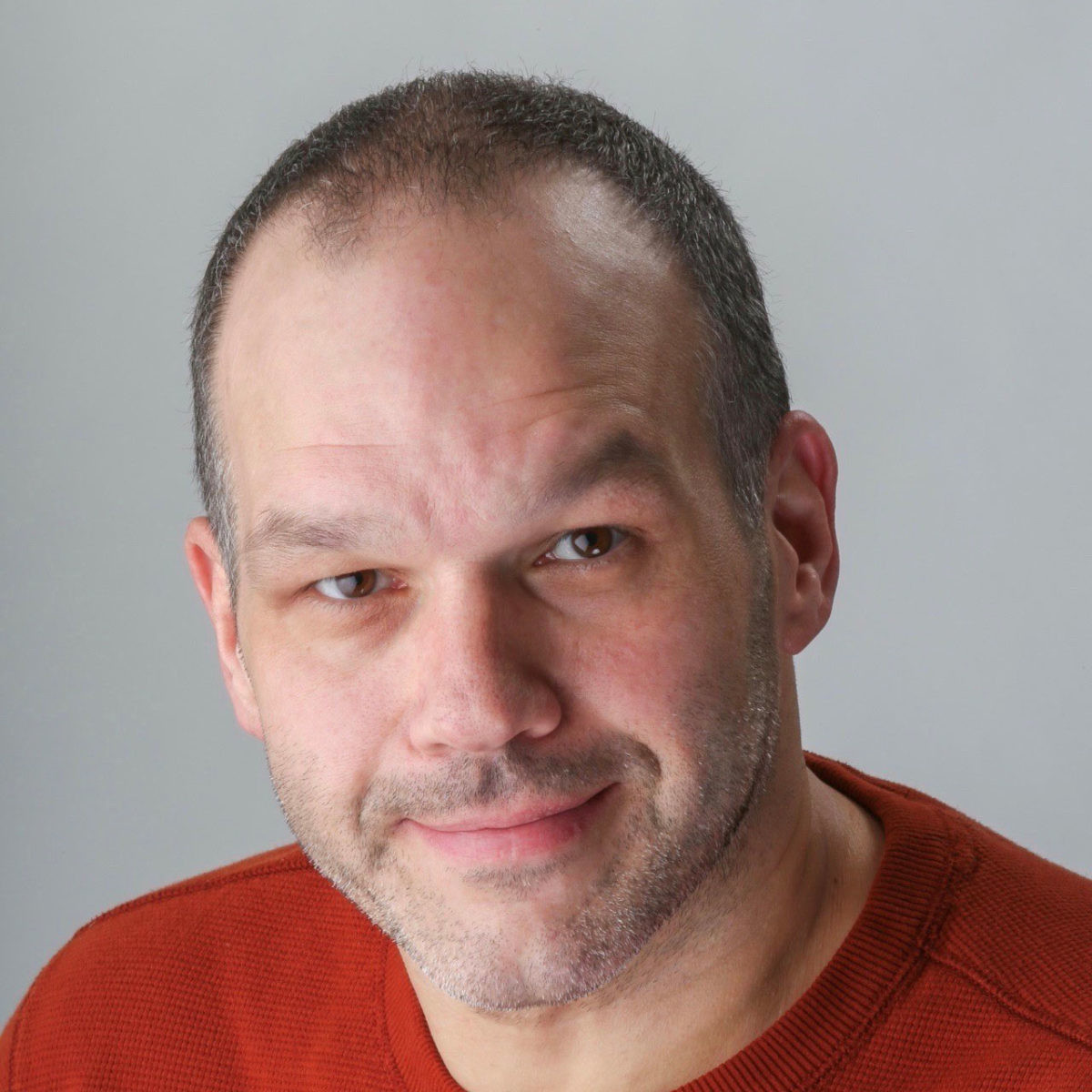Dr. Marotta is always looking for exceptional, motivated students at all levels. Students interested in pursuing Honour’s research in the lab are encouraged to visit. Potential Master’s and Ph.D. students and Post-doctoral Fellows are encouraged to contact Dr. Marotta for information on facilities, funding, on-going projects, and research exchanges. By the time Postdoctoral Fellows leave the Perception and Action Lab, they will have the skills and research experience necessary to establish their own cutting-edge cognitive neuroscience laboratories fostering sophisticated, multidisciplinary approaches to investigations of visual perception and visuomotor control.

Jonathan Marotta, BScH, MSc, PhD
Currently recruiting Graduate Students - Click here to learn more
Currently recruiting Postdoctoral fellows - Click here to learn more
Appointments & Affiliations
Professor
Department of Psychology
Faculty of Arts
University of Manitoba
Research Information
Keywords
Vision, Motor Control, Perception and Action, Aging
Summary
Humans reach out and grasp objects with amazing accuracy. Whether we are picking up a cup of coffee, driving a car, or working on a computer, almost every action we make is guided and checked by vision. Where we look is not random, but rather an active process by the visual system to seek out information relevant to the task at hand.
Expanded Summary
Read More
Historically, investigations of eye-hand coordination have involved reaching out to pick up simple, stationary blocks. While this research has moved us towards a better understanding of how the systems controlling perception and action interact, it does not properly capture the complex dynamics of the perceptual and motor interactions seen in our everyday life. Modern applications like gaming and robotics are increasingly relying on natural movements in complex visual scenes. Dr. Marotta’s research is aimed at providing an understanding of how the brain solves these complex scenarios by including more of our lived experiences into investigations of perception and action – creating new ecologically focused pathways to research.
The Perception and Action Lab uses specialized motion tracking systems that follow where the eyes are looking while simultaneously recording the path of the arm, hand and fingers during a reach. By developing experimental paradigms that utilize complex objects, moving targets, cluttered environments and memory guided grasping, Dr. Marotta and his lab are able to investigate a wider range of factors – including not just vision but proprioception (the perception of the movements and position of the body), and not just grip formation but object lifting. This fundamental research will provide a clearer understanding of what information we use, and when we use it, to select where we look at and grasp an object – providing us with critical insight into how the brain is responsible for this important skill.
Publications
ORCID ID: https://orcid.org/ 0000-0001-6635-4694
Contact Information
P310 Duff Roblin
190 Dysart Rd. Department of Psychology, University of Mannitoba
Winnipeg
Manitoba
R3T2N2
204-474-7057
jonathan.marotta@umanitoba.ca
Other Websites
http://www.perceptionandaction.com